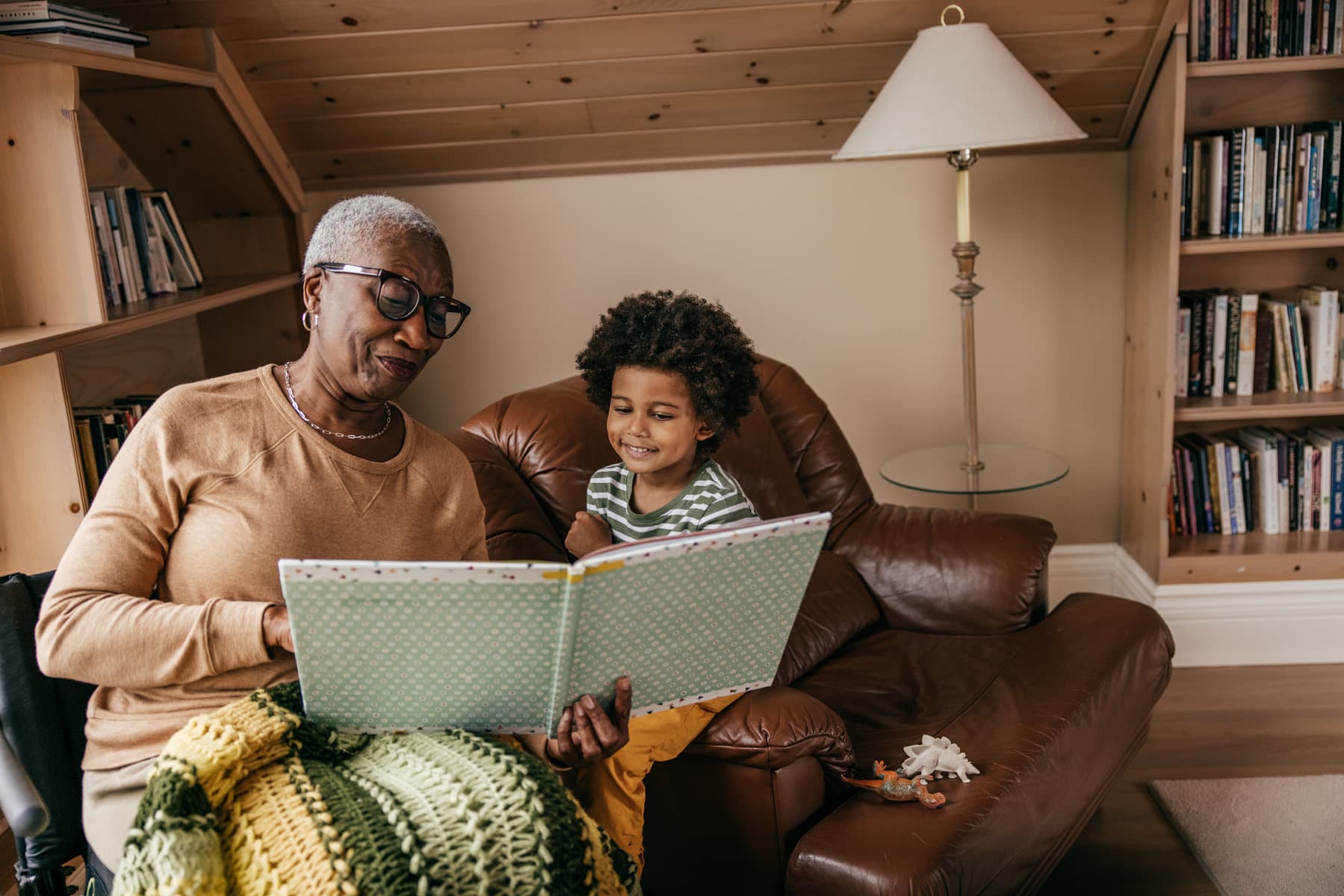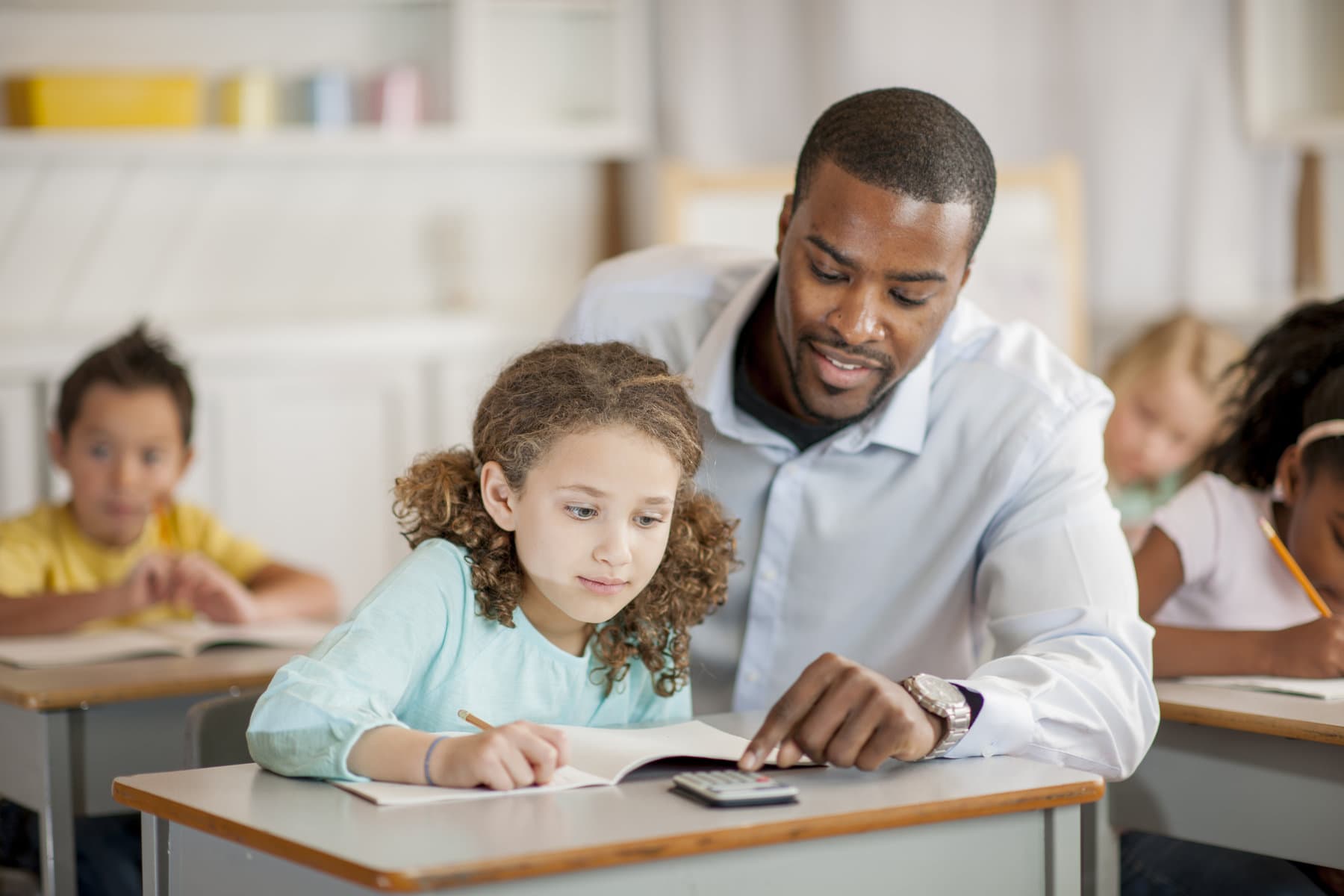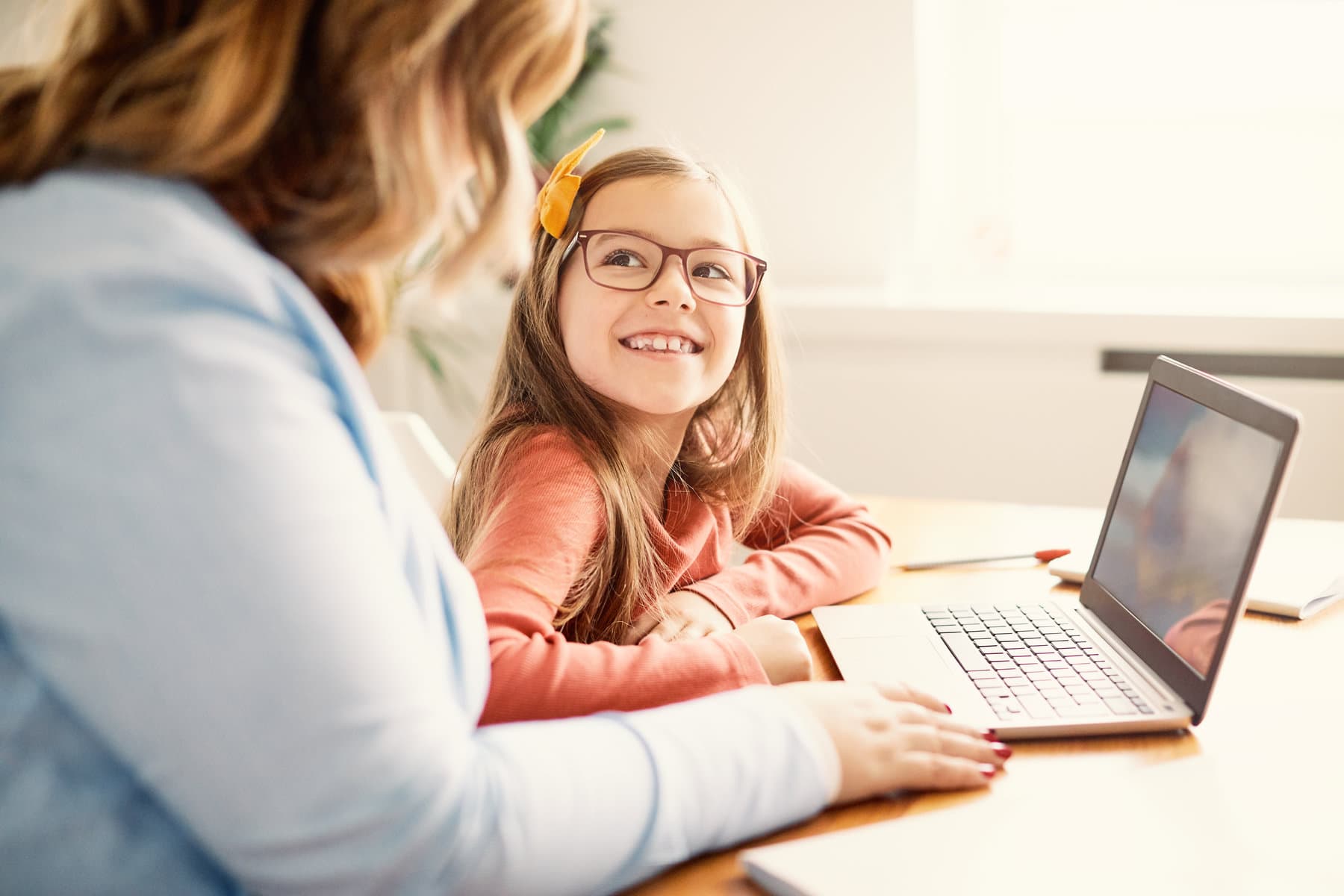Back-to-school season is such an exciting time for young learners. It’s the beginning of a year full of new milestones to come, including learning skills, and emotional growth–especially in early education! But it can also be overwhelming for families as they wonder what their child’s early learning and development standards will be this year so they can practice and reinforce those skills at home.
While specific learning standards can vary by state, children in each elementary grade can expect to encounter similar skills and learning benchmarks. They’ll also go through specific stages of literacy development. Read on to discover more about the standards your PreK or early elementary-aged child may learn this year and how you can find specific early learning and development standards for your state.
What Early Learning Skills Do Children Learn in PreK-2?
PreK

The preschool years are the foundations of a child’s early education. Every child’s PreK experience varies depending on the local resources available and their family’s decisions on what is best for them. Some children attend an in-person preschool while others prepare for their first year of school at home.
Generally, these years are when children start to learn fine and gross motor skills, like holding a pencil and using hand-eye coordination to catch a ball. They’re also starting to learn early childhood literacy skills that they’ll build on in kindergarten, particularly print concepts and phonological awareness.
Print concepts are about how written language is organized. PreK children learn how to hold a book correctly and follow along with the story from left to right across the pages. They may not be able to read words at this age, but they may follow the pictures and try to figure out what they mean.
Phonological awareness skills teach children that every word is made up of sounds. They learn to recognize sound patterns in spoken words and connect them to letters, which will help them learn to read later on.
Kindergarten
Kindergarteners expand upon the pre-reading skills they’ve learned during the preschool years. They’re still learning print concepts and phonological awareness skills, but they also start to pick up on phonics and decoding–when they connect written letters to sounds and begin to read and write simple words and sentences.
Kindergarten math curriculum includes early skills like counting, adding and subtracting numbers, and recognizing shapes and patterns.
For children who did not attend in-person preschool, this may be their first year in a classroom with a teacher and other students. This makes kindergarten a critical milestone in a child’s social skill development as they learn to share and work together on projects in class. Recess gives children time to make new friends and play independently, giving their brain a break in between lessons.
They also learn listening skills through class activities like story time and communicating with classmates. They continue to build on their fine and gross motor skills through arts and crafts and physical education classes.
First Grade
 First graders continue to practice phonics and phonological awareness skills while also learning reading comprehension–all of which are components of balanced literacy abilities. This means that they’re not just learning to read but starting to understand and respond to what the content is teaching them. Writing skills progress from simple to more complex sentences as children learn to express their thoughts through the written word.
First graders continue to practice phonics and phonological awareness skills while also learning reading comprehension–all of which are components of balanced literacy abilities. This means that they’re not just learning to read but starting to understand and respond to what the content is teaching them. Writing skills progress from simple to more complex sentences as children learn to express their thoughts through the written word.
Similarly, a first grader’s math skills progress to more complex number skills like counting by 2s, 5s, and 10s. They also start to learn about fractions and how to represent them through shapes and numbers. They learn how to tell time, read a calendar, and count money. Additionally, they learn about units of measurement like length, weight, and volume.
Second Grade
Second graders expand their reading comprehension skills by reading longer texts as they gain reading fluency, the ability to read at an appropriate pace with good accuracy and natural expression. They may begin to independently read early chapter books.
They also practice written communication skills, developing the ability to express their thoughts in longer sentences and paragraphs.
In second grade math, children usually start to learn basic multiplication and division. They also start to use critical thinking skills alongside their math knowledge, with problem-solving activities that connect to real-world examples.
Using both their reading and math skills, second grade learners also start to encounter more complex topics in their science lessons. They learn about topics like Earth science, plant and animal life, the weather, and outer space. They may also conduct science experiments in class that teach them how to ask questions, collect data, record observations, and write conclusions.
They also may learn social studies lessons which teach them about important historical figures and events, modern cultures and traditions, and geography.
Where Can I Find My State’s Early Learning & Development Standards?
 Due to learning standards varying from state to state, the specific skills and knowledge base your child encounters may depend on where your school is located.
Due to learning standards varying from state to state, the specific skills and knowledge base your child encounters may depend on where your school is located.
To find your state’s learning and developmental standards for early childhood education, visit your state’s Department of Education website. There you’ll find specific curriculum guidelines, what early learning skills are taught, and the developmental benchmarks for each grade level.
Many states use the Common Core Standards to plan their literacy and math curriculum. If your state follows the Common Core (you can find this out on their Department of Education website), visit their website to learn more about grade-specific standards.
Your school will also have their own early learning guidelines for the specific way they will help their students reach their grade learning standards. Talk to your child’s teacher to learn what skills your child will learn this year and for ways you can help them build those skills at home.
Practice Reading and Math Skills at Home with Waterford.org!
Waterford has tons of free games, songs, activities, and other resources for PreK and early elementary learners based on the science of how children learn to read and gain math skills. To create your account and get access to these great resources, follow the links below:
- PreK families can sign up with Waterford Upstart
- Elementary-aged families can sign up with Waterford Mentor
You can also follow the links below to find fact sheets on teaching key early literacy skills with your child:
- Family Fact Sheet – Communication
- Family Fact Sheet – Comprehension and Vocabulary
- Family Fact Sheet – Fluency
- Family Fact Sheet – Language Concepts
- Family Fact Sheet – Phonics
- Family Fact Sheet – Phonological Awareness
- Family Fact Sheet – Geometry
- Family Fact Sheet – Measurement and Data
- Family Fact Sheet – Number and Cardinality
- Family Fact Sheet – Operations and Algebraic Thinking
- Family Fact Sheet – Science

